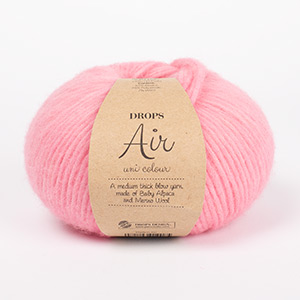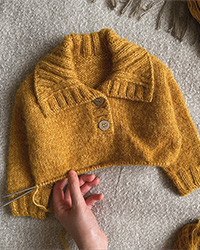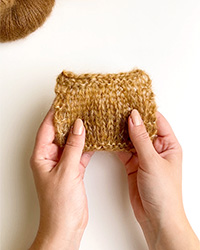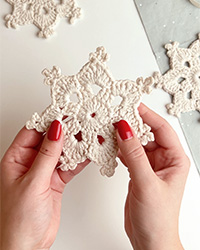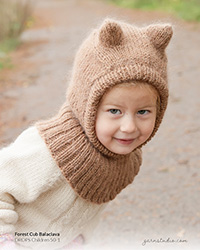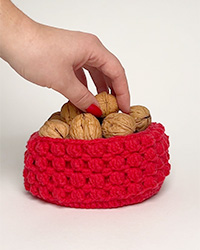Texture Knitting
Would you like to learn how to knit beautiful textures? We have tutorial videos to guide you through creating bobbles, cables, seed stitch, brioche, smocking, blackberry stitch, wave patterns and many more stunning techniques.
Videos: 261

